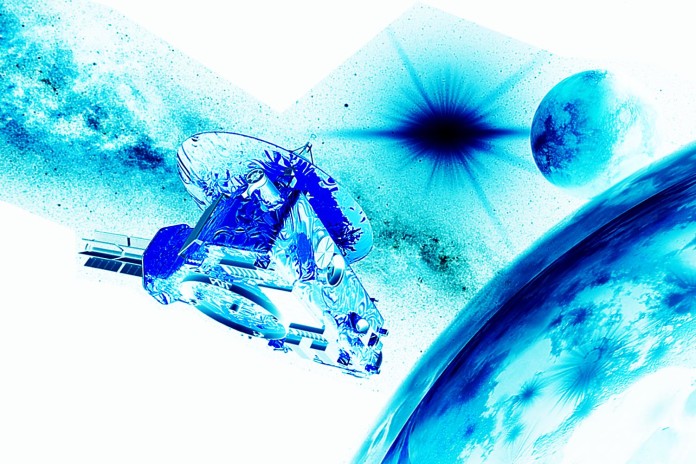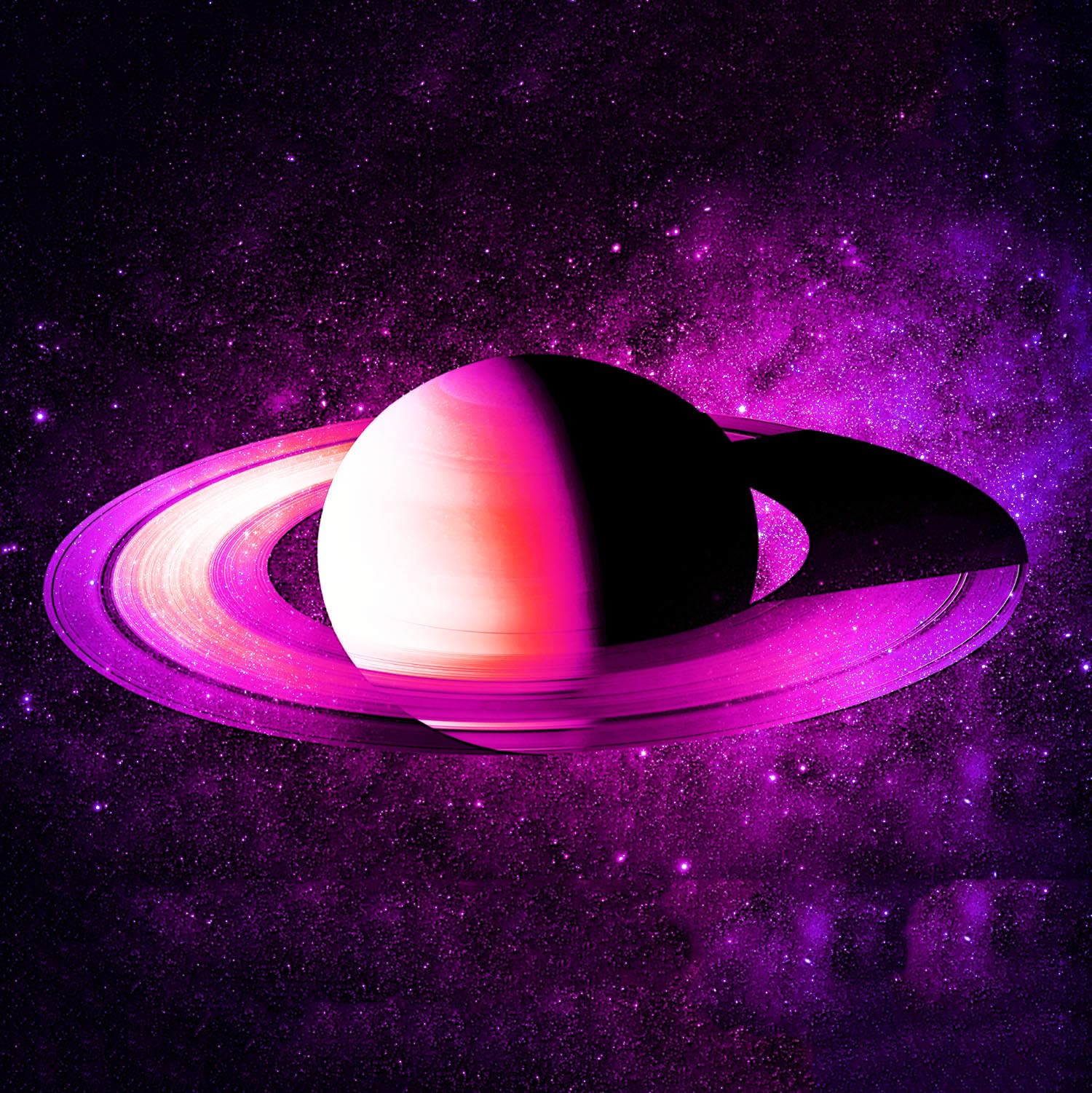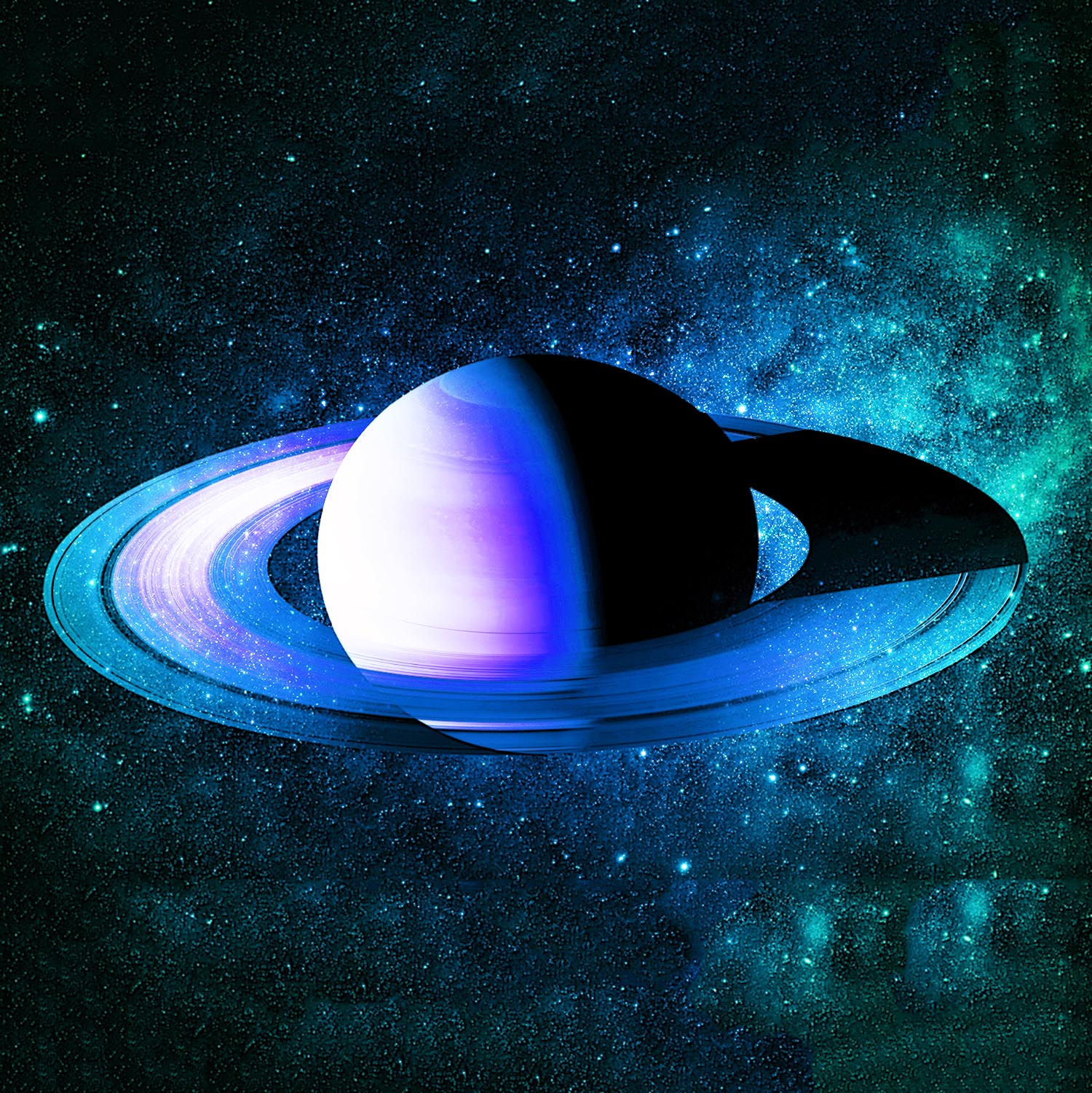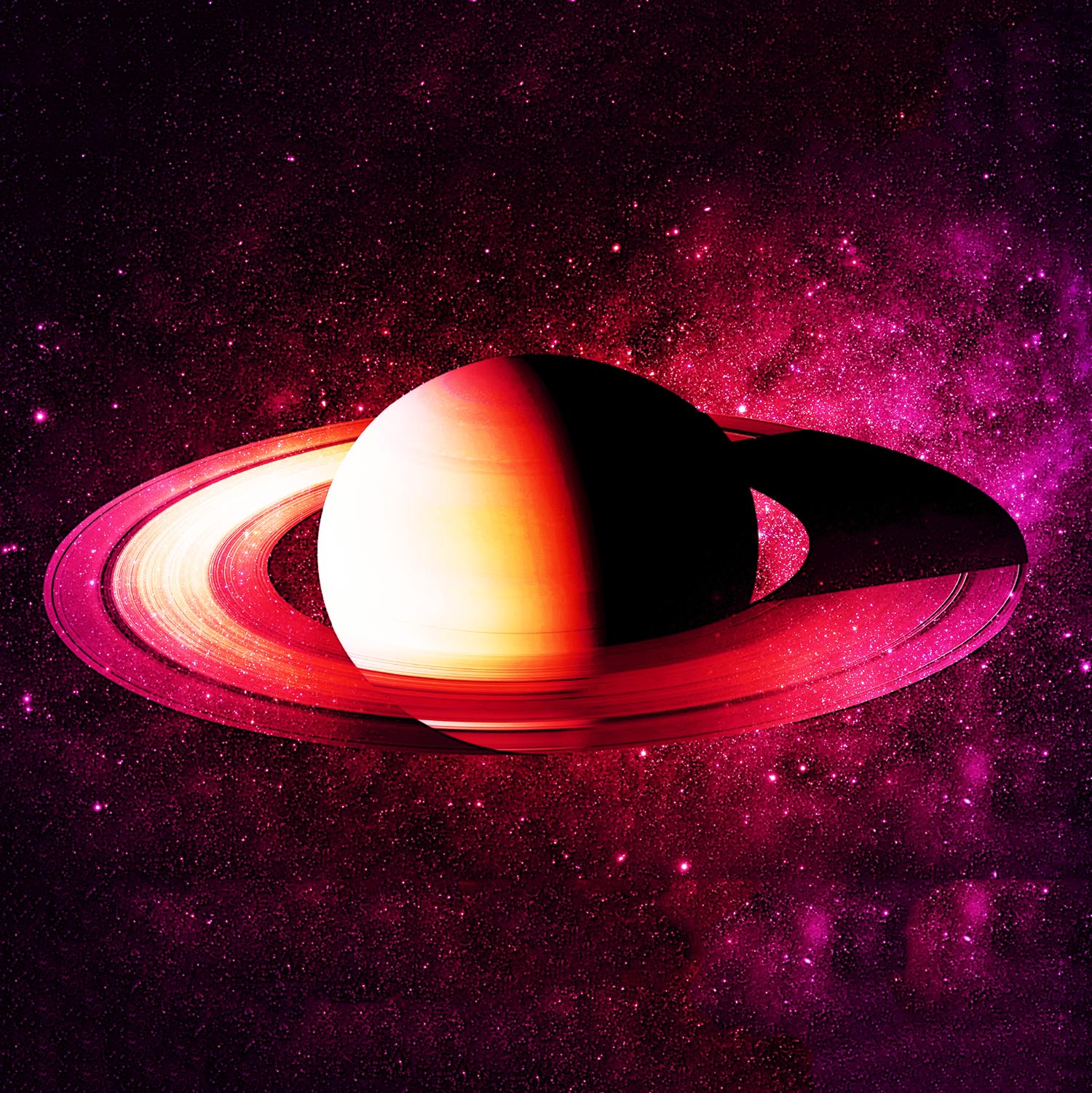
It’s been five months since New Horizons historic flyby of Pluto. The space capsule still has a lot of secrets to reveal about the faraway planet and its surrounding objects. It’s been almost 10 years since the spacecraft was first launched, and only 20% of all the footage it has taken has made it back to the Earth’s surface.

So Far, New Horizons Has revealed that Pluto is Pretty Confusing
The New Horizons has shown the world the Plutonian surface, which has craters 4 billion years old and 10 million years as well. It has also shown us the Sputnik Planum, a basin on the left side of Tombaugh Regio. The 620-mile wide area is home to a layer of solid nitrogen and other ices.
The astronomy community is only now devising systems to uncover the explanation for phenomena like Sputnik Planum. There are a few theories currently revolving around the basin.

Two Theories Explain How the Sputnik Planum Came to Be
Firstly, there’s a theory that suggests that the nitrogen in Sputnik Planum evaporate. Then they condense on higher ground, which makes ices flow all the way back to the basin. This catch and release theory explains how the flow nitrogen ice would continuously help Pluto’s surface transform. If the nitrogen layer on Sputnik Planum is several miles thick, which the model suggests, this is completely possible.
The Plutonian Haze Is Still A Mystery
Pluto has surprised the astronomy community with its diversity, and the New Horizons is sure to bring many more surprises as time goes on. The planet’s haze, stretching hundreds of miles above its surface, is much more complex than anyone initially anticipated. The teams of researchers and scientists that look over new New Horizons data are still trying to figure out where the haze came from and why it forms layers. There’s also the question of how it varies from region to region around the planet. This will hopefully be answered as more data is downloaded.
Everything In Pluto is More Complicated than We Thought
Some of the latest footage received from the capsule capture the Pluto’s encounter side in HD. It shows a mega clear view of the planet’s cratered plains and shows a clear picture of the elusive and dark Cthulhu Regio. This region is thought to be cryovolcanic.
The new footage also reveals Sputnik Planum’s smoother and brighter terrain on the border of Cthulhu Regio. All of this amazing footage was taken by the New Horizons’s Long Range Reconnaissance Imager and LEISA spectrometer. Both devices put together made a zig zag pattern to show details as small as 500 yards. The team analyzing the footage also have the option to zoom in or out on any area thanks to this detail.
There’s 10 Years’ Worth of Data Inside New Horizons
NASA isn’t even halfway done combing through the data. After all, it’s been piling up for almost ten years. Nevertheless, the New Horizons footage has brought in countless ground-breaking discoveries on a dwarf planet we really should consider a planet again.
The team also spoke about images of Charon, Pluto’s moon. New Horizons took infrared spectral images of the satellite that revealed that it has low-level ammonia absorption across most of its surface. It was also revealed that the moon’s Organa Crater has a very high concentration of the compound.

Pluto’s Bizarre Solar Wind is Explained
Another hot topic at the discussion was the dwarf planet and the moons’ relationship with solar wind. The July flyby revealed that neutral atoms in Pluto’s atmosphere are able to exchange electrons with positively charged oxygen, nitrogen and carbon atoms in the solar wind. The solar wind is a stream of plasma that gusts from the Sun at 900,000 miles per hour. New Horizons will reveal many more great things about Pluto as time goes by. We can only wait as all of this new information is sure to amaze us.
Read: The Successful Falcon 9 Rocket Landing Makes Elon Musk the Real Tony Stark

















